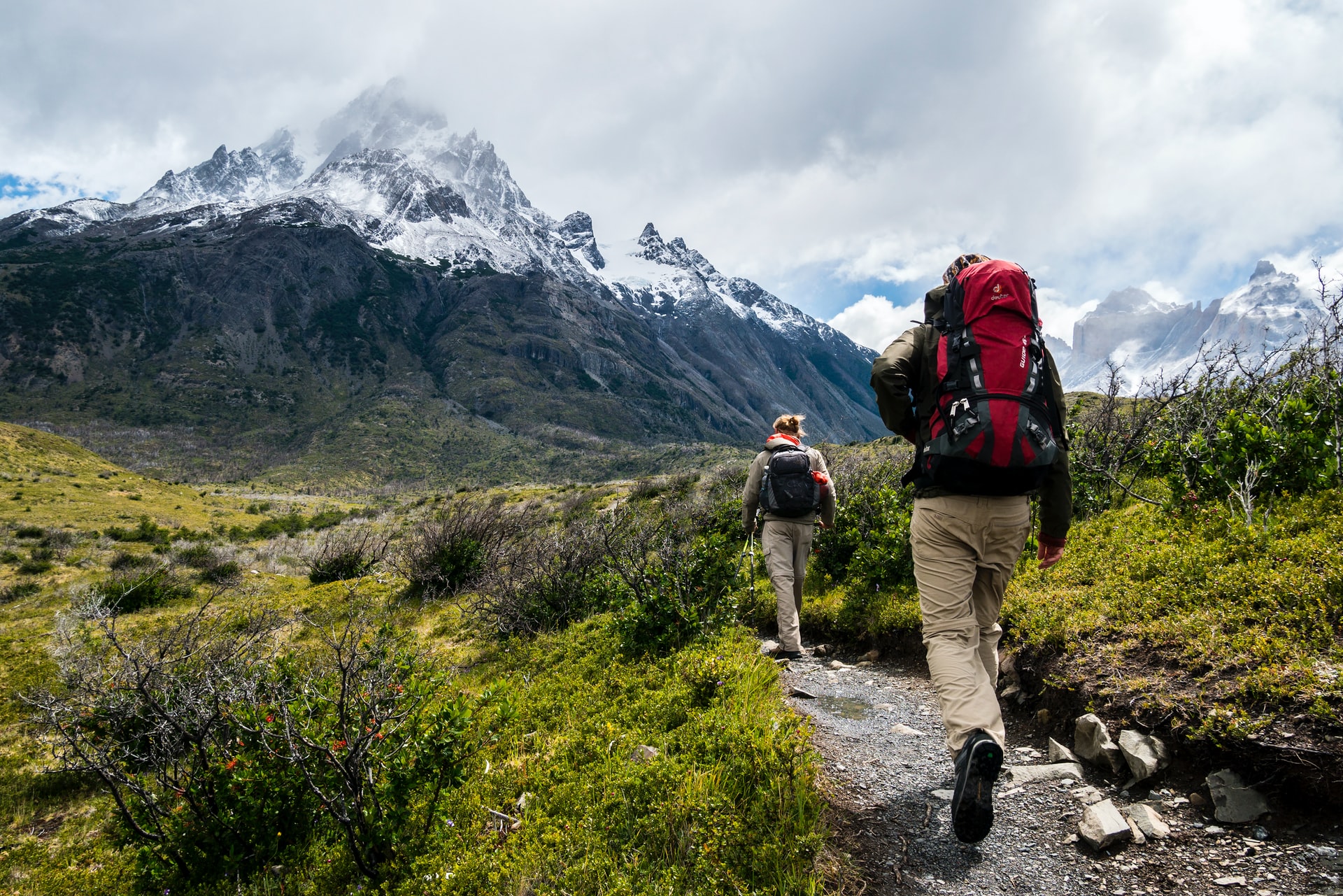Packing for a hike is a very different thing from packing for a trip to the beach or a day at the park. This is especially true if you are planning on going for a long hike, one that may take days or even weeks, when the things you pack will be the things you use to survive the trip. Not only is it important for you to know what to bring along for the trip, but it’s also important that you know how to pack the items. When you’re hiking up a mountain or steep surface, having a bag that is packed well and doesn’t throw off your center of gravity affects the whole trip. Since we love hiking so much, we want you to get the most out of your hiking experience by giving you some helpful tips on how and what to pack for your trip. If you find this article helpful, be sure to check out some of our other content as well!
Starting Off: What Kind of Trip Are You Taking?
There are several different kinds of hikes, and before we can advise you on how to pack, it’s most efficient that you first figure out exactly what kind of trip you’re taking. For instance, if you’re just going to the local mountain hiking trail for a few hours, you most likely don’t need to pack cooking gear and extra clothing. However, if you’re hiking through the Alps for two weeks, you most certainly need extra clothes, food, water, etc. This difference demonstrates the primary guideline to consider for hiking: when considering what to pack and how, first determine where you’re hiking, how long you’ll be there, and what weather conditions you’ll face. If you’re just going for a hike around the local trail, you can most likely pack lightly. If you’re going to a remote location for a long hike, you’ll need to pack more and pack carefully. This article will assume that you are going for a longer hike, but you can adapt any recommendation we make to your needs.
Basic Essentials:
The first and most important thing for you to bring is a good hiking backpack. In the old days, a lot of hiking backpacks were massive, bulky packs, and if you really want one like that, they are still made. However, these days hiking backpacks are more often tall and compact. They come in a wide range of prices and styles, but you can find some affordable bags like this. You should browse around and find a bag that will best suit your needs. If you want, you can also look for bags that have a water bladder, which can store far more water than any bottle you’ll carry.
After you decide on a pack, the next thing to make sure you have are durable hiking boots. Once again, these come in many brands with many prices, but you can sometimes find some more affordable boots like the ones linked above. You want shoes that can handle rough terrain and get a good grip on different types of ground. They’re shoes that are designed to find a foothold between rocks, to find traction in mud or ice, and they will do so better than your favorite pair of flip flops or sneakers.
Another excellent tool to have, especially in a remote place or for a long-term hike, is a good compass. When you’re out in a remote, natural spot, it’s best not to rely on your phone’s compass app or hope in cell service if you get lost. Instead, you should have a good tool on hand that can help to direct you on your hike. The great thing about most compasses is that they are very affordable; this military sighting compass is an example of a basic, practical compass to bring along on a hike.
There are other basic items that you should pack with you when you go on a hike. These include things like weather-appropriate clothes, which should probably be packed with layers in mind. Make sure to bring plenty of food and water, as well; if you want a really rustic experience, you can also bring some cooking gear. For more information on that sort of equipment, check out our rustic cooking article. Lastly, a first-aid kit and knife are great resources to have on hand for your hike.
Packing the Bag
Once you’ve got all your materials ready, now we can get to the final challenge: packing the bag. There are a few basic guidelines to follow when you pack, and once you know the guidelines, you can better organize your bag to meet them. The first guideline is to pack your bag comfortably, so as not to throw off your center of gravity. You should also pack conveniently, so you can get whatever equipment you need without having to empty the bag of half its contents first. Keep in mind that this bag will be a part of you throughout your hike; you want it to be as user friendly as possible.
To pack in a way that maintains your center of gravity, pack the heaviest and most dense equipment as far to the back of your bag as you can. You can also pack clothing in with them to balance the weight and the pressure on your shoulders. You can then pack conveniently by keeping frequency of use in mind. Whatever items you’re likely to use throughout the day should be packed near the top of their pouches or pockets, while things like a sleeping bag should stay towards the bottom.
In Conclusion
We hope this was helpful! Remember, all of these are guidelines and recommendations that you can adapt to your purposes and use; the most important thing is that you get the most out of your hiking experience and that you do so safely. If you want more content like this, be sure to check out our other articles and materials.

